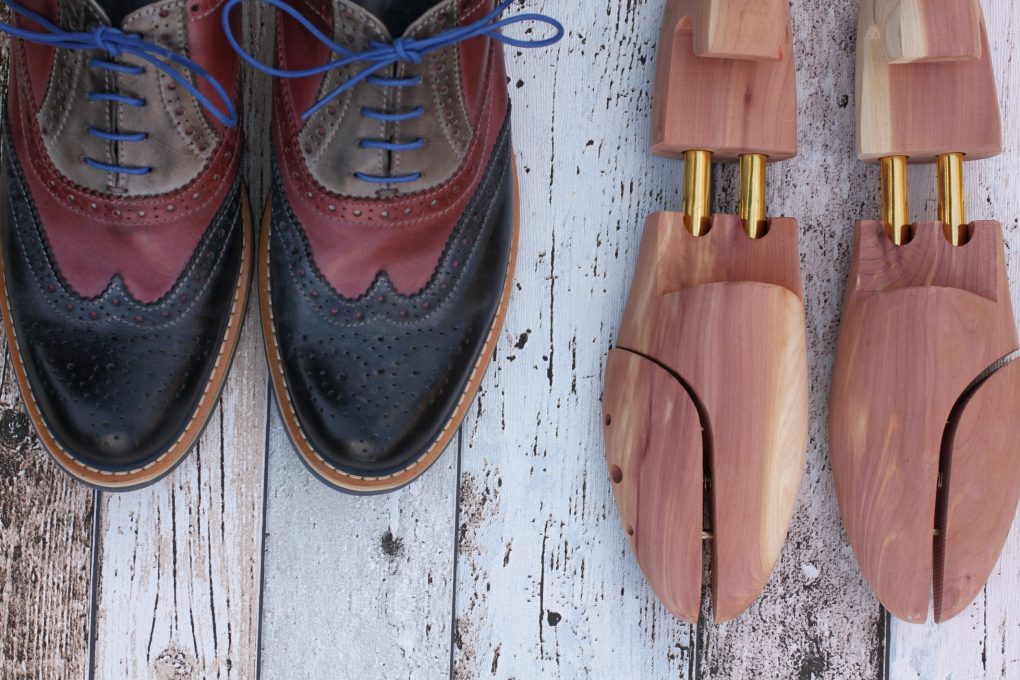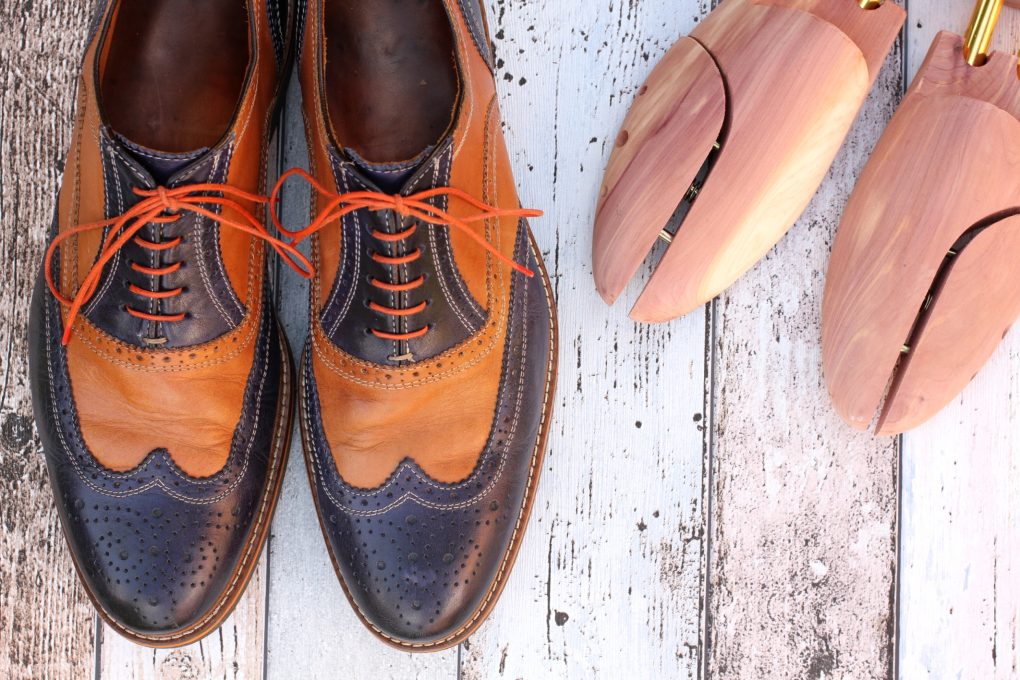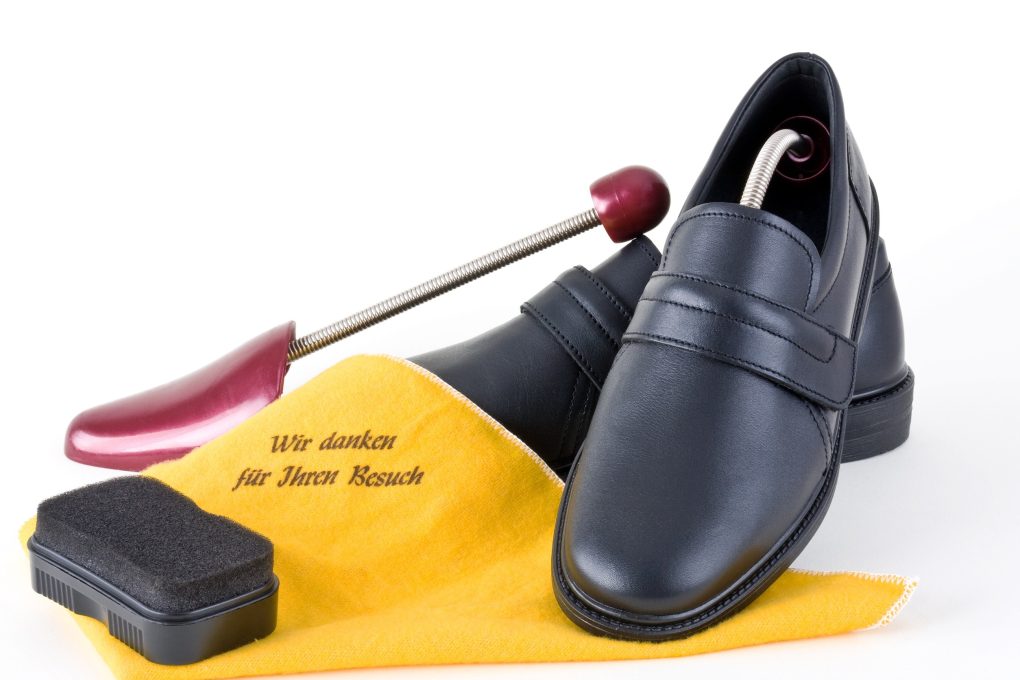Do Shoe Trees Stretch Shoes: Understanding What Shoe Trees Do to Your Shoes
No, shoe trees do not stretch shoes. Instead, they help hold the shape of your shoe and prevent it from being pulled too much. Shoe trees also have other benefits, like keeping your shoe clean and preventing odor buildup.
Understanding Shoe Trees
What They Are
Shoe trees help protect your shoes, preventing them from stretching out of shape. Shoe trees come in various shapes and sizes, so finding the perfect one for your shoe collection is easy.


Additionally, shoe trees help keep your shoes in good condition by absorbing moisture and excess heat from the inside of the shoe. This prevents your shoe from becoming brittle and challenging to wear.
How to Use Them
Shoe trees are a great way to keep your shoes in good condition. By stretching the cord inside the tree, you prolong the life of your shoes. Be extra careful not to pull them too much, as this can cause damage. After using the shoe tree, rinse and dry it off, so it is ready for the next time you need it.
Remember to switch out your shoe tree for new ones now and then so you’re taking care of your footwear correctly. Not only will this help to make your shoes more comfortable, but it will also prolong their lifespan.
Why You Need Shoe Trees
Shoe trees are a great way to shape your shoes. They also help protect your footwear from dust, dirt, and moisture buildup. Use shoe trees correctly to avoid damaging or weakening your shoes’ leather. You can buy shoe trees in stores or online, but read the manufacturer’s instructions carefully before using them.
Shoe Trees Size
There is no definitive answer as to what size shoe tree you need. Instead, the dimensions of your shoes will determine the size of the shoe tree that you need to buy.
However, it’s always a good idea to measure your shoes before purchasing one, as this will help ensure that the shoe tree fits snugly and doesn’t stretch after use. You must correct the size of your shoe tree if it starts stretching your shoe after use.
Choosing the right shoe tree for your specific pair of shoes is essential – one that fits snugly without damaging them.
How Much They Cost
Shoe trees are around $20, and you can purchase them from most department stores. So it is best to put your new shoes back on for a few hours to ensure they are correctly fitted.
The cost of shoe trees can vary depending on the material they are made of, the size and shape of the tree, and the brand. Here are some rough estimates for the cost of different types of shoe trees:
- Plastic shoe trees: These are generally the most affordable option and can cost anywhere from $5 to $20.
- Wooden shoe trees: These tend to be more expensive than plastic shoe trees and can cost anywhere from $20 to $50 or more.
- Cedar shoe trees: Cedar shoe trees are made from cedar wood, which is known for its natural deodorizing properties. They tend to be more expensive than other shoe trees and can cost anywhere from $30 to $100.
- Custom-made shoe trees: If you have a hard-to-fit shoe size or a particular need for a specific type of shoe tree, you may need to have a pair custom-made. This can be a more expensive option, ranging from $100 to $200.


Some higher-end shoe brands may include a pair of shoe trees with a new pair of shoes. In these cases, the cost of the shoe trees is typically included in the price of the shoes.
How Long They Last
The lifespan of shoe trees can vary depending on their material and how often they are used. For example, plastic shoe trees have a shorter lifespan than wood or cedar, as they are more prone to breaking or warping over time.
- Plastic shoe trees: These tend to last for about 1-2 years with regular use.
- Wooden shoe trees: These tend to last for about 2-5 years with regular use.
- Cedar shoe trees last for about 5-10 years with regular use.
- Custom-made shoe trees: Their lifespan will depend on the quality of the materials and the craftsmanship, but they are generally expected to last for several years with regular use.
You can extend the lifespan of shoe trees by taking good care of them. For example, you can avoid exposing them to extreme temperatures or moisture and store them in a dry place when they are not used. Regular cleaning and maintenance can also help extend your shoe trees’ lifespan.
The Benefits of Shoe Trees
There’s no doubt that shoe trees are a valuable piece of shoe-care equipment. They help restore shoe shape and elasticity, keeping them fresh and clean while absorbing moisture and dust buildup.
Helps Reshape Shoes
Shoe trees are a great way to reform your shoes, but they will only stretch them a little. They will help extend the life of your shoes by restoring lost elasticity while preventing wrinkles and creases in the fabric.
Keeps Shoes in Good Condition
Shoe trees are a popular way to keep shoes in good condition. Many people are still determining if shoe trees are necessary, but this keeps shoes in good condition by absorbing moisture and excess shoe oils. They keep your shoes smelling fresh.
Prolongs Shoe Life
Shoe trees can help prolong the life of your shoes by stretching them evenly and preventing them from becoming misshapen.
Prevents and Removes Creasing
Shoe trees can help prevent and remove creasing in shoes. They are a great way to prevent your shoes from stretching and wrinkling. They also keep your sneakers clean and free of bacteria, which is crucial if you have allergies or sensitivities to certain bacteria.
It Makes Shoes More Comfortable
Shoe trees are a great way to make shoes more comfortable to wear. In using a shoe tree, it is crucial to incorporate it into your shoecare activities gradually. Shoe trees are designed to help maintain the shape of your shoes and prevent creasing and other damage caused by wear and tear. While they can help make your shoes fit more comfortably, they are not explicitly designed to provide comfort in the same way insoles or other shoe inserts might.
Shoe Tree Designs & Material


There are a variety of shoe tree designs available, each with its benefits. Some are made from wood, while others are made from plastic or metal. Different materials will give your shoes different levels of support – making them perfect for different styles and sizes of footwear.
Wood vs. Plastic
When it comes to stretching shoes, wood is the better option. It has superior properties when shaping shoes, and wooden shoe trees are much more flexible than plastic ones. So if you want to keep your shoes from shrinking after being reshaped, choose a wooden shoe tree over a plastic one.
Cedar vs. Other Woods
When it comes to shoe trees, cedar is the wood of choice. It is flexible and can tolerate a lot of pressure, making it perfect for reforming shoes. Other woods, such as ash, beech, and oak, are also good options, but cedar has the most popular due to its flexibility.
Knowing how much pressure your shoes can handle is essential before using a shoe tree – too much force may damage them. If you need help determining which shoe tree will work best for you, try out different ones at your local store first and see which fits your feet best.